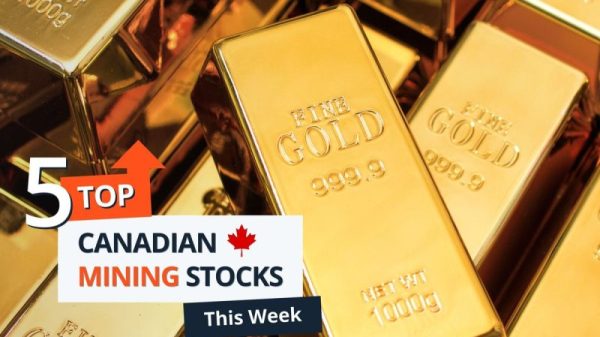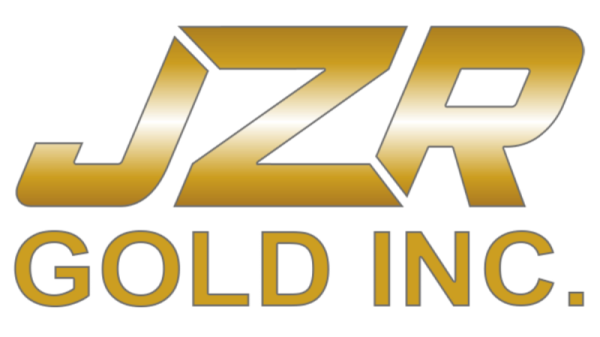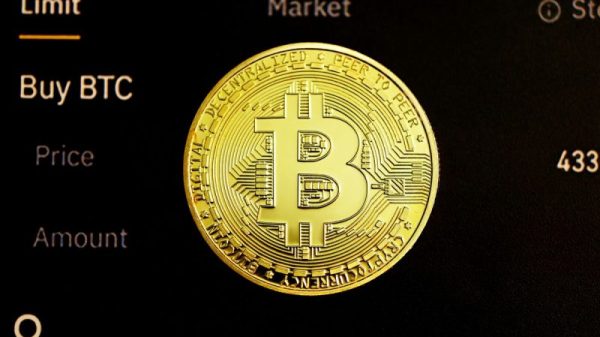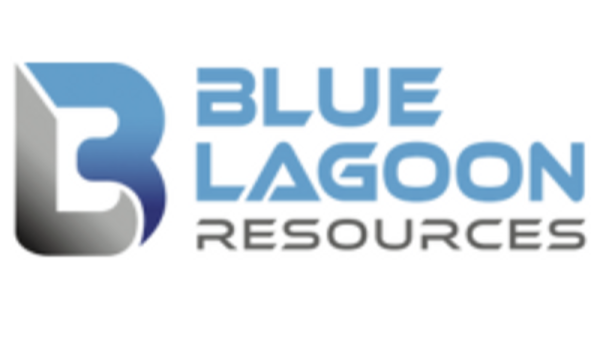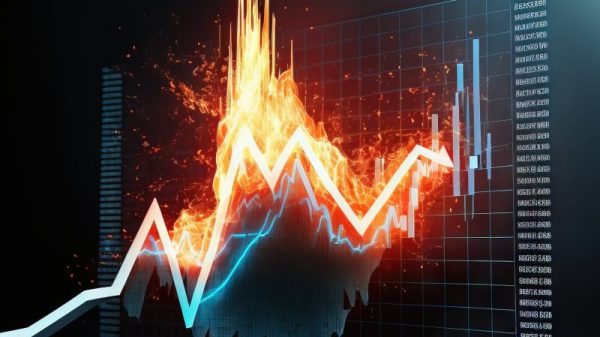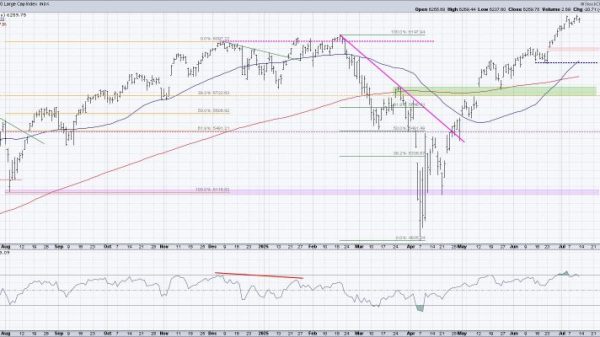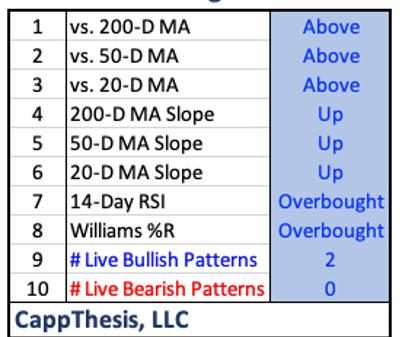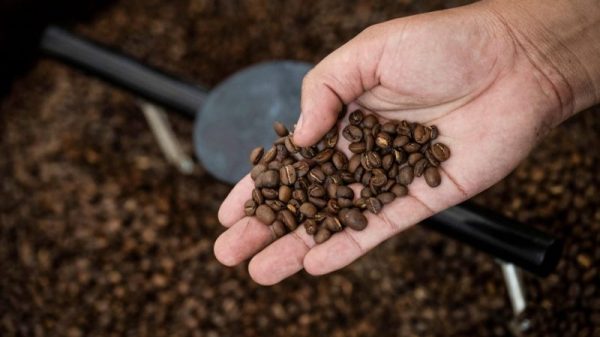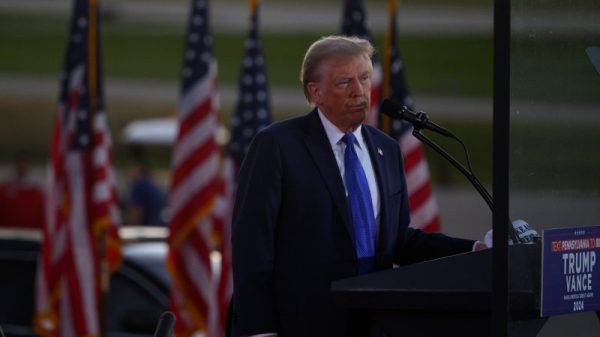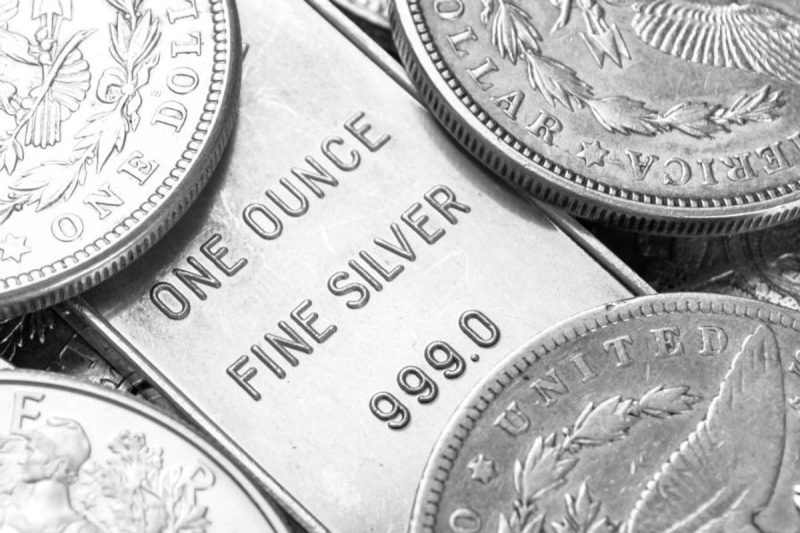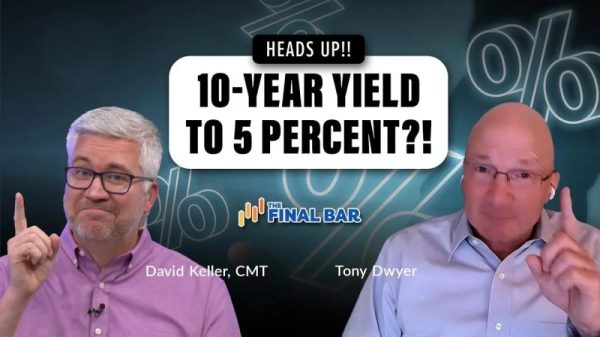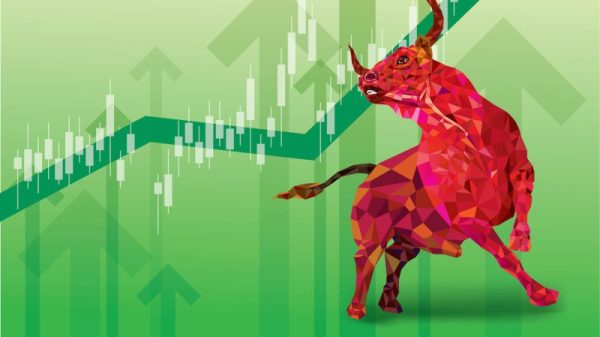Silver saw a record deficit in 2022, and coming into 2023 some experts had high expectations for the metal.
With strong demand and reduced supply expected to continue, there were calls for silver to outperform gold. But as the fight against inflation continued, the white metal was influenced more by economic and geopolitical factors.
Increased volatility from global events impacted the silver price throughout 2023, with factors such as US banking sector instability, actions from the US Federal Reserve and instability in the Middle East all playing a role. The precious metal also reacted to swings in the US dollar, often trading inversely to the currency.
The metal now looks set to end the year at the same place it began, posting a slight year-to-date gain of 0.33 percent as of December 19. Read on to learn more about what trends impacted the silver sector in 2023.
Silver price in Q1
Silver traded around the US$24 per ounce mark throughout January, but fell significantly at the start of February, impacted by US dollar strength and rising Treasury returns. It hit a 2023 low of US$19.99 on March 8.
However, the downtrend in silver reversed that same day as the US regional banking crisis began. It ultimately led to the failure of three US banks and the bailout of Credit Suisse, with the resulting turmoil sending investors to the safety of precious metals like silver and gold. Silver had risen back to the US$24 range by the end of the month.
Silver price from January 3, 2023, to December 20, 2023.
Chart via Trading Economics.
Silver price in Q2
With the banking crisis continuing to loom, investor confidence in securities still low and the US dollar slumping, the price of silver continued to increase through early Q2 to hit a year-to-date high of US$26.07 on May 4.
Silver started to decline once again in the days after the Fed hiked interest rates to 4.75 to 5 percent on May 3. The white metal reached a quarterly low of US$22.23 on June 21.
Silver price in Q3
Silver remained volatile during Q3. Its first major price move came on July 11, when it spiked following declines in the US dollar; this came on speculation that the Fed would raise interest rates amid stubborn inflation and a flat jobs report. The Fed’s final hike of the year came on July 26, and it brought rates to 5 to 5.25 percent.
Silver and other precious metals declined once again at the start of August as the US dollar strengthened on the back of strong economic news that showed an improving labor market and weaker but more stable manufacturing numbers. While silver fluctuated between US$22 and US$25 for most of the quarter, it ended Q3 on a low note.
Silver price in Q4
The price of silver slipped to US$20.93 on October 4 on the back of instability in the Chinese real estate market. This volatility contributed to a broader rout of the commodities markets, with the S&P GSCI (INDEXSP:SPGSCI) losing 6.3 percent between September 27 and October 4.
On October 7, coordinated deadly attacks by Hamas on Israeli targets and civilians marked a sudden escalation in the long conflict between the two entities. The violence and continued conflict sent investors fleeing for the safety of precious metals once again, driving the price of silver back up to US$23.35 by October 19.
Silver held steady through to the middle of November before spiking once again following remarks from Fed Chair Jerome Powell — some believed his comments indicated that rate cuts could be on the horizon. The metal ultimately reached US$25.48 on November 30, short of its year-to-date high set in Q2.
Silver supply and demand in 2023
Due to its role as both a precious and industrial metal, silver is key for investors looking for a safe haven, as well as the production of many consumer and industrial products. However, its industrial side has been in focus in 2023.
Silver demand is expected to outstrip supply again in 2023, driven primarily by a projected record high in industrial demand. According to the Silver Institute, which works with Metals Focus to provide industry data, industrial demand is set to hit 632 million ounces for the year, while total silver demand will reach 1.14 billion ounces.
The growth in industrial demand has been led in part by silver’s use in photovoltaic (PV) cells, also known as solar cells. Demand from this segment is projected to hit 161.1 million ounces in 2023, up 15 percent over 2022. The metal’s high reflectivity and good conductivity make it particularly useful when it comes to the production of solar cells, which are used to form solar panels. This demand has been driven by multiple factors, including China investing more than US$50 billion in the industry between 2011 and 2022. Large-scale production has pushed the cost for utility-scale solar below that of coal and natural gas, helping strong demand from the retail sector for solar micro-generation.
But it’s not just PV cells contributing to increased industrial demand for silver. Of the 382.3 million ounces of demand the Silver Institute is projecting for the production of electrical and electronic components, 221 million ounces are expected to be consumed by the information technology and telecommunications industries. The metal’s applications there include printed circuit boards and thermal compounds, making silver critical for 5G networks.
Silver has other industrial uses as well, with around 50 million ounces being used annually in brazing alloys and solders. Another 144 million ounces of demand comes from a variety of industries, including another sector that’s driving increased usage: the automotive industry, including the production of electric vehicles.
Of course, while over half of silver demand comes from industrial sources, the metal also sees consistent and strong demand from its precious side. The Silver Institute is forecasting that jewelry demand will reach 182 million ounces in 2023, while silverware will come in at 39 million ounces. Physical investment is projected to end the year down from 2022’s high of 332.9 million ounces, but will still capture 263 million ounces of demand for the white metal.
On the supply side, mines are expected to produce 820 million ounces of silver by the end of the year, a slight decrease from the 822.4 million ounces mined in 2022. Combined with recycled sources, total silver supply is predicted to come in at about 1 billion ounces, creating a deficit of 140 million ounces in 2023. While that’s lower than 2022’s record deficit of 253 million ounces, the Silver Institute notes that it is high by historical standards and is likely to persist into the future.
Silver M&A activity in 2023
Part of the reason silver supply is hard to come by is that the metal is largely produced as a by-product. It is primarily mined with other metals, particularly gold, lead, zinc and copper, with dedicated silver mines accounting for only 27.8 percent of global supply. But that doesn’t mean there isn’t any growth in terms of mine supply.
Hecla Mining (NYSE:HL) is focused on achieving commercial production at its Yukon-based Keno Hill mine, which it received as part of its acquisition of Alexco Resource in September 2022. Keno Hill was previously a longtime silver producer, and the site hosts proven and probable reserves of 49 million ounces of silver. While ramp up at the site has been slower than originally expected, as of the end of Q3 the processing of stockpiles through the on-site mill had produced 894,276 ounces of the metal; throughput is expected to increase substantially moving forward.
Aya Gold and Silver (TSX:AYA,OTCQX:AYASF) has been working on the construction of an expansion to its Zgounder silver mine in Morocco. In its update for the quarter ended on September 30, it announced the project was proceeding on schedule and was 66 percent complete as of mid-November. If everything stays on schedule, commissioning and production ramp up will begin in the first half of 2024, and commercial production will begin in Q3. Once it is fully ramped up, the expansion will bring annual production at the site from 1.7 million to 7.9 million ounces of silver per year.
On the consolidation side, Pan American Silver (TSX:PAAS,NYSE:PAAS) and Agnico Eagle Mines (TSX:AEM,NYSE:AEM) finalized their acquisition of Yamana Gold on March 31. Under the terms of the deal, Pan American assumed control of Yamana’s Latin American assets, adding to its portfolio the El Peñón gold-silver and Minera Florida gold-silver-zinc mines in Chile, and the Cerro Moro gold-silver mine in Argentina. In Q2 and Q3 alone, the three assets produced a combined 4.92 million ounces of silver, with El Peñón and Cerro Moro each contributing over 2 million ounces.
Investor takeaway
While silver experienced plenty of volatility in 2023 due to competing headwinds and tailwinds, it didn’t see the breakout some expected. Instead, it looks ready to end the year in largely the same place in which it started.
Looking ahead to 2024, it’s possible silver will fare better as the Fed prepares to potentially take rates lower. A more positive price environment would in turn help explorers and producers move forward at their operations.
Securities Disclosure: I, Dean Belder, hold no direct investment interest in any company mentioned in this article.

